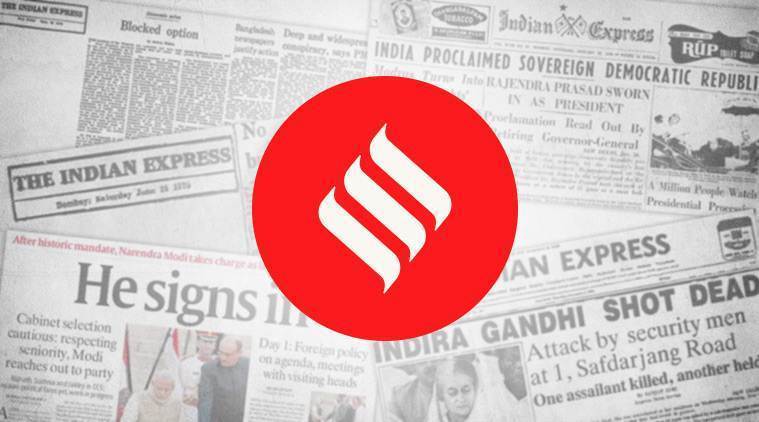Opinion Sobering account
NSO pegs growth at 5 per cent, Union budget must pare down expectations to reflect state of economy.
 Slapping sedition charges on people for staging a play that allegedly insulted the prime minister, raising slogans and statements shows a deliberate misinterpretation of the law with the intent to curb dissent.
Slapping sedition charges on people for staging a play that allegedly insulted the prime minister, raising slogans and statements shows a deliberate misinterpretation of the law with the intent to curb dissent.  At the aggregate level, growth in gross value added (GVA) is expected to fall to 4.9 per cent in FY20, down from 6.6 per cent in FY19.
At the aggregate level, growth in gross value added (GVA) is expected to fall to 4.9 per cent in FY20, down from 6.6 per cent in FY19.
India’s economy is expected to grow this year at the slowest pace in more than a decade with both private consumption and investment faltering. GDP growth has been pegged at a mere 5 per cent in 2019-20 by the National Statistics Office (NSO), in line with the Reserve Bank of India’s (RBI) earlier estimate. The NSO numbers imply that economic activity is expected to pick up only marginally in the second half at around 5.2 per cent, underlining the view that the recovery will be a protracted process. What is equally worrying is that nominal GDP growth, which has implications for the fiscal math, is pegged at 7.5 per cent for the full year, much lower than the 12 per cent growth projected in the last Union budget.
At the aggregate level, growth in gross value added (GVA) is expected to fall to 4.9 per cent in FY20, down from 6.6 per cent in FY19. Government spending is expected to drive growth this year. Excluding public administration, defence and other services, which largely connotes government spending, gross value added by the rest of the economy is projected to grow by an even lower 4.3 per cent this year. But with government revenues coming under pressure — its gross tax revenues have grown by a mere 0.81 per cent in the first eight months of this year — it is debatable whether this higher government spending can be maintained over the second half of this year. The NSO expects government spending to grow at 13.7 per cent (current prices). How it manages this conundrum in the face of pressure to stick to the fiscal deficit target will be clear when it presents the budget in a few weeks from now. The performance of the other sectors in the economy is expected to remain lacklustre. Manufacturing activity is expected to slow down to a mere 2 per cent in FY20, from 6.9 per cent in FY19. A similar slowdown is expected in the construction sector, trade, hotels, transport and communication as well as the financial, real estate and professional services sector. Household demand is also expected to moderate to 5.8 per cent this fiscal, down from 8.1 per cent in the previous year, while investment activity is expected to remain almost flat, growing at a mere 1 per cent this year, down from 10 per cent in the previous year.
With these growth estimates differing remarkably from the projections factored in the last budget, and with revenue falling well short of expectations, the finance minister must present an honest assessment of the economy as well as the state of government finances in the upcoming budget. This would provide clarity on the fiscal space available to the government for supporting the economy. But, the government should also realise the limits of a fiscal and monetary stimulus. At the current juncture, a comprehensive reform package is needed to return growth to a higher trajectory in the medium term.




